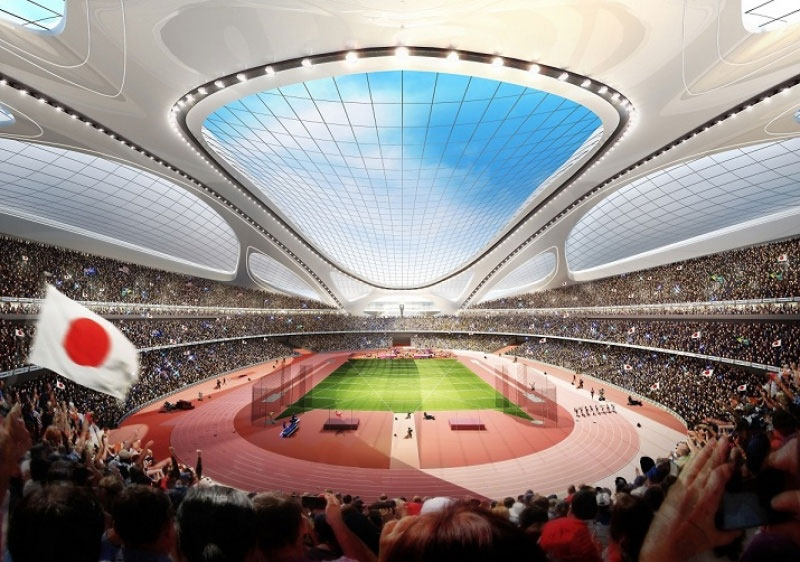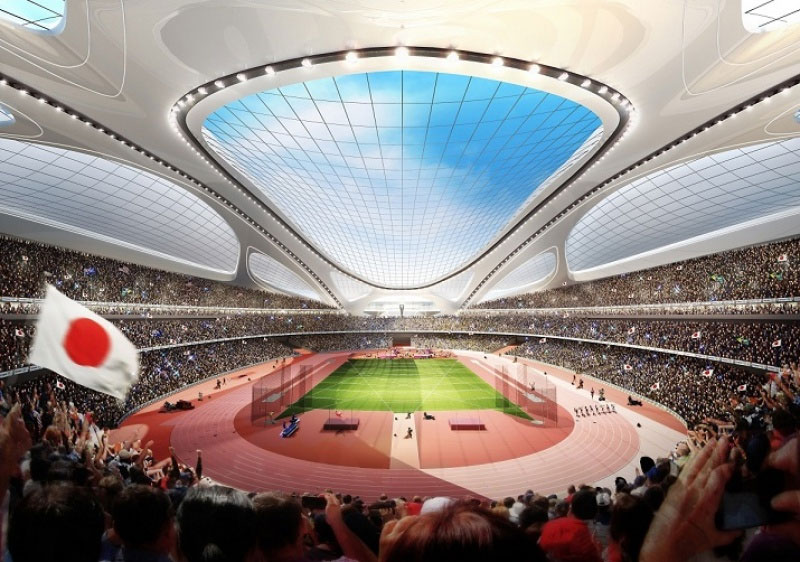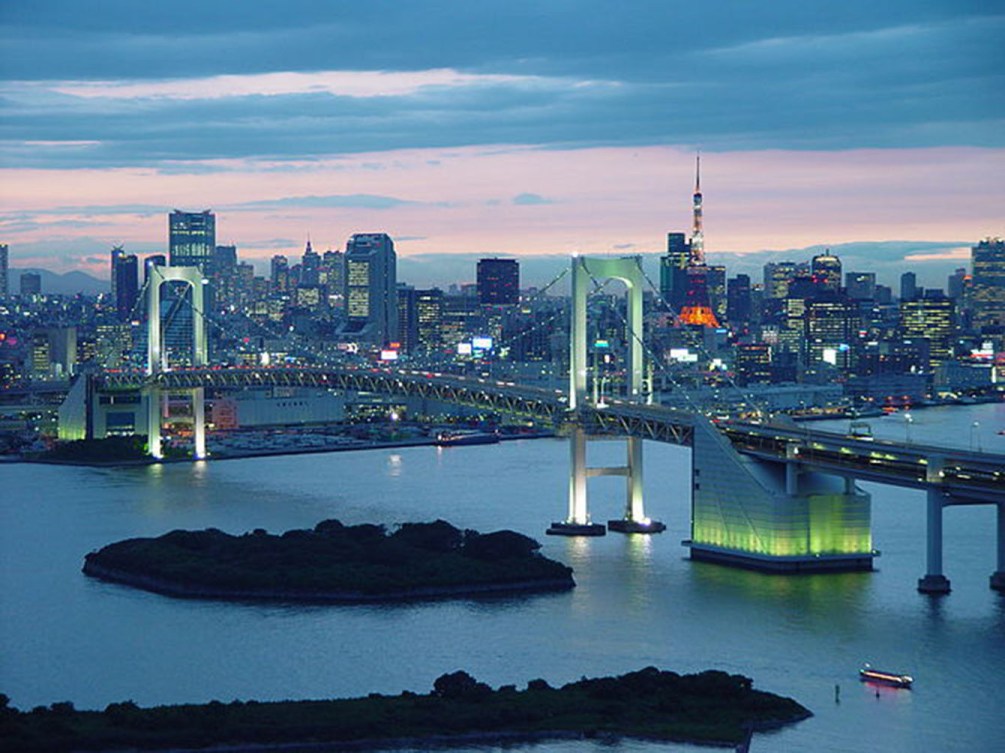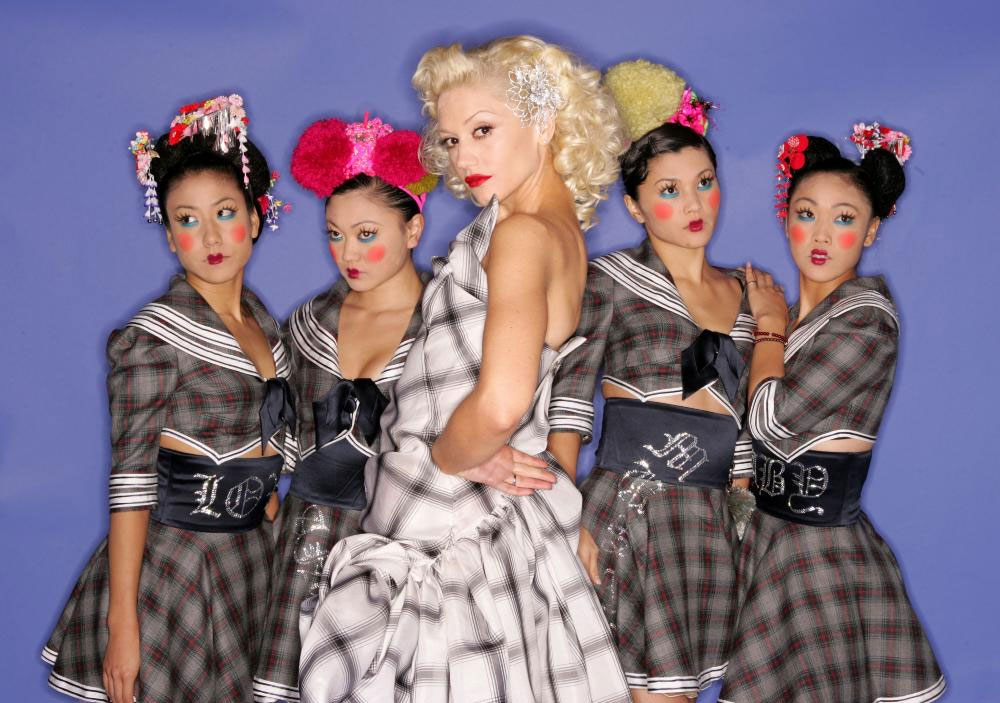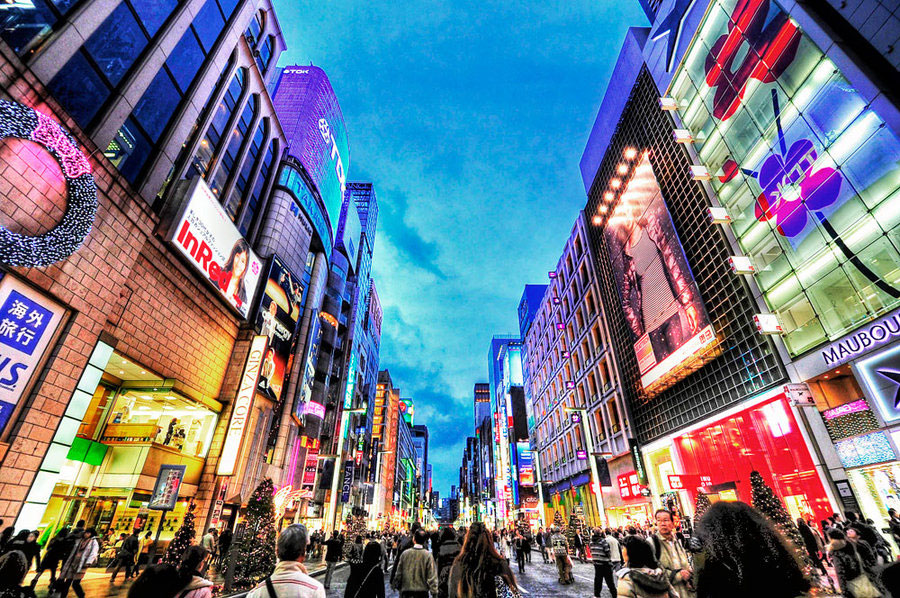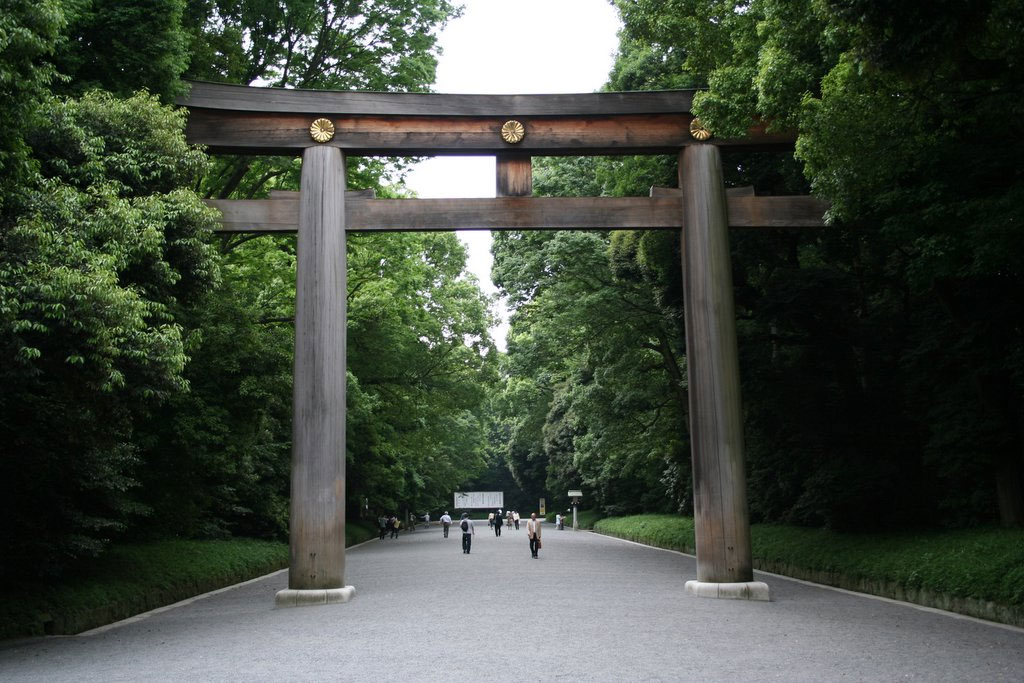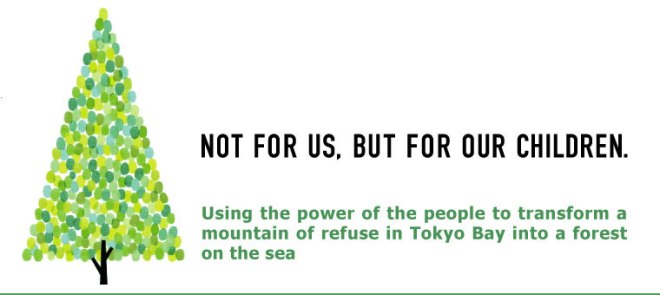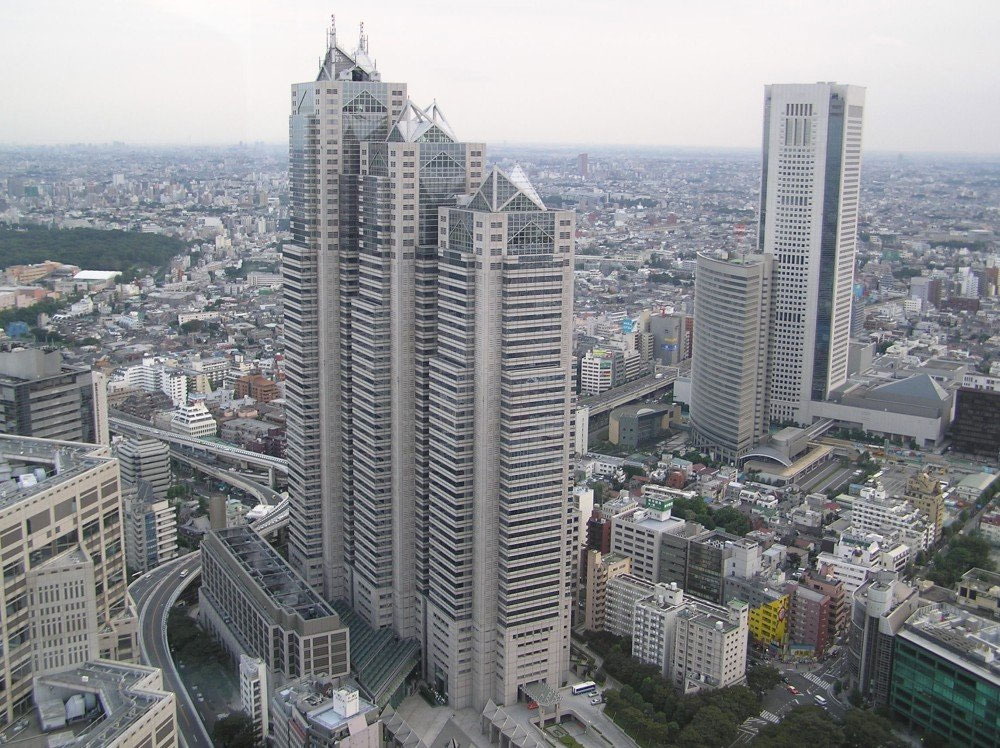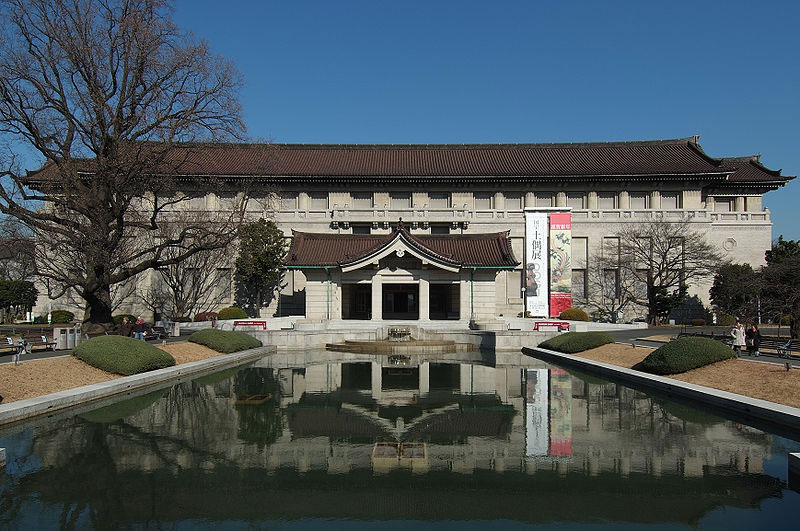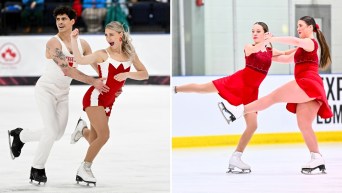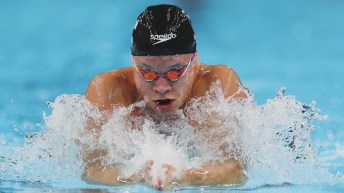Twenty For Tokyo 2020
Summer Olympics will hit the Japanese capital in 2020. Naturally, we thought a list is in order. Here are 20 reasons to root for Tokyo in 2020.
1. Been There, Done That
Tokyo hosted the 1964 Summer Olympics, which was the first time the Games were held in Asia. In the decades since, Japan has grown into a global leader and innovator in electronics, fashion, entertainment and cuisine to list a few achievements. Tokyo 2020 will mark the fourth time the Games will be in Japan, with Winter Olympics previously held in Sapporo (1972) and Nagano (1998). The world recently watched a spectacular London 2012 in that city’s third time to the cauldron. Expect another experienced hand in Tokyo to light the way to summer success.
2. You Can Go Home Again
What’s old will be new again. Instead of building a separate facility, Tokyo will redevelop its 1964 digs at the National Olympic Stadium with a $1 billion upgrade, expanding it to 80,000 seats. The new -look stadium will get an international initiation prior to the Olympics with the 2019 Rugby World Cup. Not the gentlest way to break in new furniture.
3. Oh, There You Are
Good news for the directionally challenged. During its Olympic bid Japan stated that 85% of the competition venues will be within eight kilometres of the Olympic Village. The close proximity will allow visitors to maximize their Olympic experience, with a chance to enjoy more events and potentially make many new friends by spending less time getting lost. Welcome to the compact Olympics.
4. One Big City
Imagine the Greater Toronto Area with 35 million people. Tokyo boasts the largest metropolitan area in the world with roughly that many inhabitants. However, adding countless visitors to the Olympic Games won’t be a problem for Tokyo. The Japanese capital has used population density to its economic advantage for decades. Of the world’s 500 top companies 51 were based out of Tokyo as of 2009 – more than any other city. In the spirit of new IOC president Thomas Bach’s appeal for unity, Japan rightfully views the influx of Olympic visitors as a positive.
5. Getting Around
Tokyo has a very comprehensive network of train, subway and bus lines. Car and motorcycle hires are plenty and visitors can even enjoy the city via water taxis. During the games, the aforementioned proximity to competition venues will ease transit fears, as will priority routes and Olympic lanes. Despite the existence of the infamous video below, Tokyo’s public transit system remains world-class.
6. Shibuya Crossing
London has the iconic Abbey Road Crossing made famous by The Beatles. There were just four of them. Tokyo responds with a crush of humanity at the popular Shibuya Crossing.
7. Feeling Electric
Those with a taste for technology will want to visit Akihabara. The Electric Town is known for its anime and gaming shops, along with those unique Japanese gadgets, many must-haves, some downright frivolous and wonderfully strange, Robot soccer, anyone?
8. Harajuku For Hipsters
This fashionable district is popular among Tokyo’s youth. American musician Gwen Stefani said she was inspired by Japanese fashion and worked with The Harajuku Girls on multiple music videos. At the time of writing bookmakers have yet to take bets on Stefani performing at Tokyo’s Olympic Stadium in 2020.
9. Upscale Living
If Harajuku street fashions won’t cut it, visitors can see how the other half lives at Ginza district. Timeless fashion and premium brands find a home in this part of Tokyo alongside cultural offerings. No word yet if Canada’s famous Red Mittens have been spotted on shoppers in Ginza. We’ll be sure to pack a pair for show.
10. Catch Of The Day
Few places in the world sees more action at 5 a.m. than Tsukiji Market in one of Ginza’s neighbouring districts. The world’s largest fish market holds a tuna auction for only 120 visitors each morning on a first-come, first-served basis. The registration often fills up before 5 a.m. This is one of the more exclusive tickets in the city.
11. Eternal Dedication
The Meiji Shrine next to Harajuku station attracts more than 30 million annual visitors. It was first built over 100 years ago in dedication to Emperor Meiji and Empress Shoken, then rebuilt after the second World War. Tokyo’s oldest shrine is the Sensoji, a Buddhist temple built in the seventh century
12. Easy Watering
Part of Tokyo’s 2020 vision includes massive green space in the form of an urban forest. Called Umi-no-Mori or “Sea Forest,” the plan calls for half a million new trees to be built over a landfill in the Tokyo Bay, an initiative started by Japanese architect Tadao Ando.
13. Not Your Typical Treehouse
In 2010, the Tokyo Skytree (see video in no. 1) became the tallest structure in Japan. It is presently the tallest tower (and second tallest structure) in the world at 634 metres (2,080 ft). Its main purpose is to serve as a broadcast and communications tower and it has a restaurant. This may sound familiar to Toronto readers.
14. Only One Bill Murray
For visiting fans of actor Bill Murray, floors 39 to 52 of the Shinjuku Park Tower will be a feature attraction. This is the hotel where the 2003 American film Lost in Translation was filmed. They will have to prepare for visitors to the hotel bar ordering a Japanese whiskey, attempting to deliver deadpan lines. There’s only one Bill Murray.
15. Singing For Sport
Party-goers to Tokyo may find themselves in the Roppongi district, where there is a vibrant nightclub culture. Once there, one may just end up at a karaoke bar and one’s friends might upload that night’s finest moment to YouTube. This may also happen to visitors in a private dwelling.
16. Night At The Museum
Tokyo is a city of many museums and art galleries commemorating both Japan’s ancient civilization and recent times. Tokyo National Museum has the largest collection of art in Japan, and there numerous museums and galleries in the city focusing on science and particular periods in Japanese history.
17. Ambitioius Abe
Returning focus away from the city and to the Games, Japanese Prime Minister Shinzo Abe has set a lofty goal for Japan at 30 gold medals, nearly doubling their previous best in 1964 and 2004 when they stood atop the podium 16 times. We know from watching the record-setting success of Canadian athletes in Vancouver 2010 that nothing beats a jubilant home crowd at the Games. Seems Prime Minister Abe took notes.
18. Grappling Giants
Japan has won more Judo gold medals than any other Olympic discipline. Its 36 Olympic championships in this Made in Japan sport represents over a quarter of its total golds in all Summer Olympics combined, and just one fewer medal than its entire Winter Olympics haul. Unsurprisingly, Japan leads the all-time Olympic medal table in Judo and will have an additional incentive to impress the locals in Tokyo.
19. Real Giants
The national sport of Japan, Sumo, does not make the cut for the Olympics. The sport has suffered some image setbacks in Japan but with the world’s eyes on Tokyo in 2020, it wouldn’t be a shock to see national sentiment rise again. If nothing else, sumo suits will remain a popular costume at halloween parties.
20. The Reawakening
Circumstances of the 2011 earthquake and tsunami in eastern Japan, followed by nuclear fallout, was observed closely around the globe. Although Games will always have its critics in every host country, ultimately the 2020 Olympic Games will allow all of Japan, not just Tokyo, to show the world that it has bounced back from a national tragedy stronger than ever.

